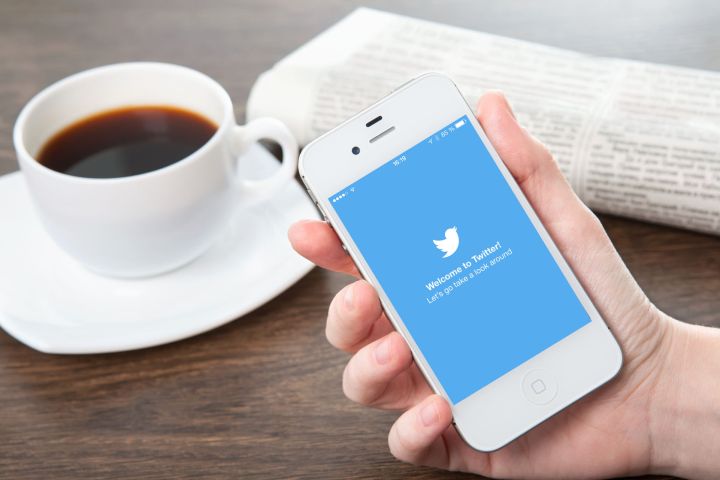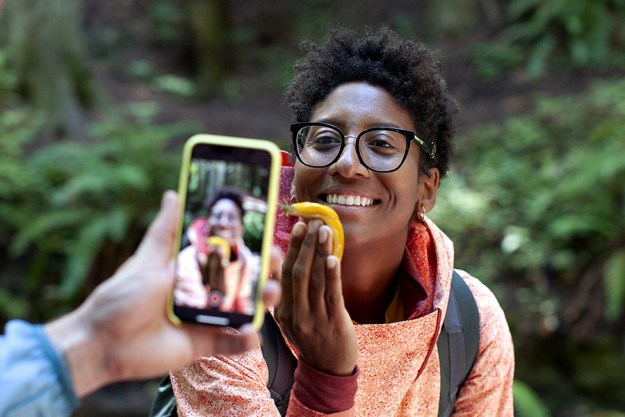
Twitter originally said it would be emailing 677,775 people that followed one of the related accounts or interacted with one of the posts via a like or tweet. Two days later, the social media platform has now sent out notifications to around 1.4 million users who are based in the U.S. Those numbers only include users that interacted with the posts with a like or retweet, as well as users who actively followed an account. Users that only viewed a tweet from an IRA-connected account will not be notified. Users that have the email updates turned off also won’t see a notification.
The social network has identified over 3,800 accounts that are linked with the IRA, often with innocent-seeming handles like common first and last names and even one that purported to be the Tennessee GOP. The platform is also sharing images of some of the widest-reaching posts from those accounts, from t-shirts supporting then-candidate Trump to posts asking for re-tweets to recall (the now former) FBI Director James Comey. Twitter has now also identified 50,258 automated or bot accounts that were linked to Russia and tweeted sometime during the election.
As part of previously announced efforts to increase transparency on how the network is responding, Twitter is letting users know if they were among the users who interacted with posts from the IRA. Some of those users will also receive surveys to give feedback to Twitter. The platform says more emails may be sent out as the company continues its review.
Twitter says it now detects around 6.4 million suspicious accounts every week, which is a 60-percent jump from the number of accounts detected in October. In addition to new verification processes already in place, Twitter says that, in 2018, the network plans to enhance A.I. to detect fake and automated activity and to limit access to features that allow the coordination of multiple accounts using the Twitter API and Tweetdeck.
The platform will also be expanding policies on how that API, which allows third-party apps to integrate Twitter, can be used. Those changes will also join a number of election-focused changes the platform plans to implement before the coming midterm elections, including verifying all state and federal candidates in the major parties.


